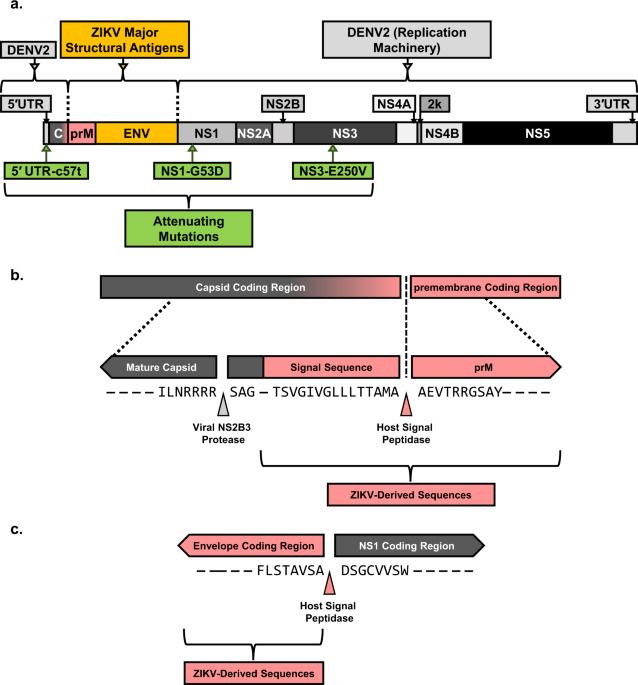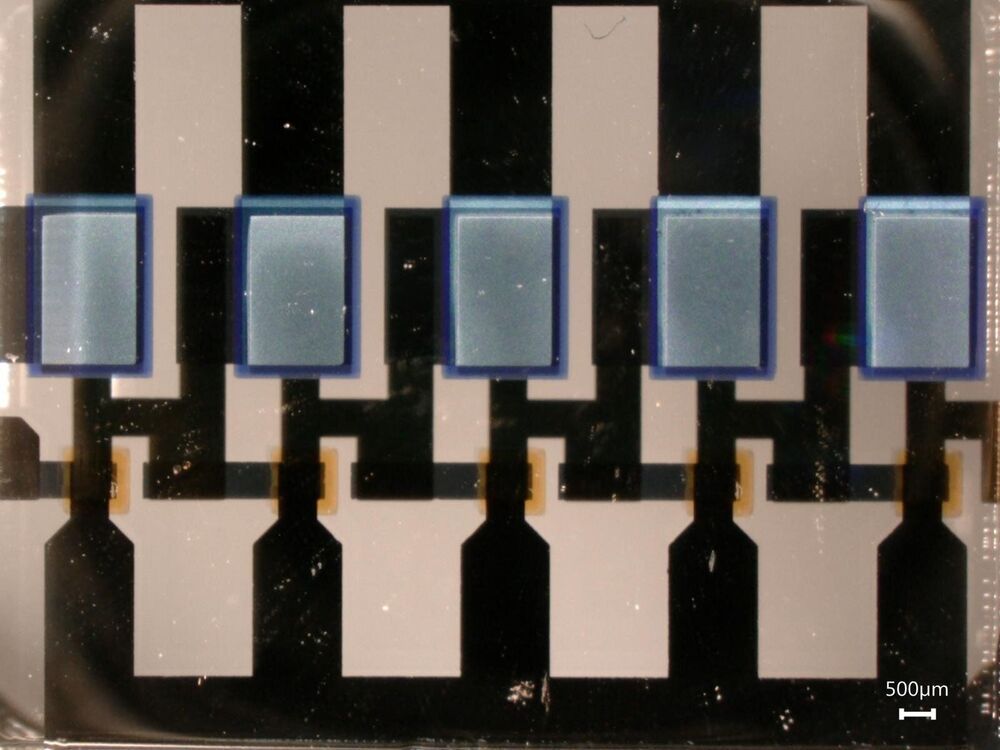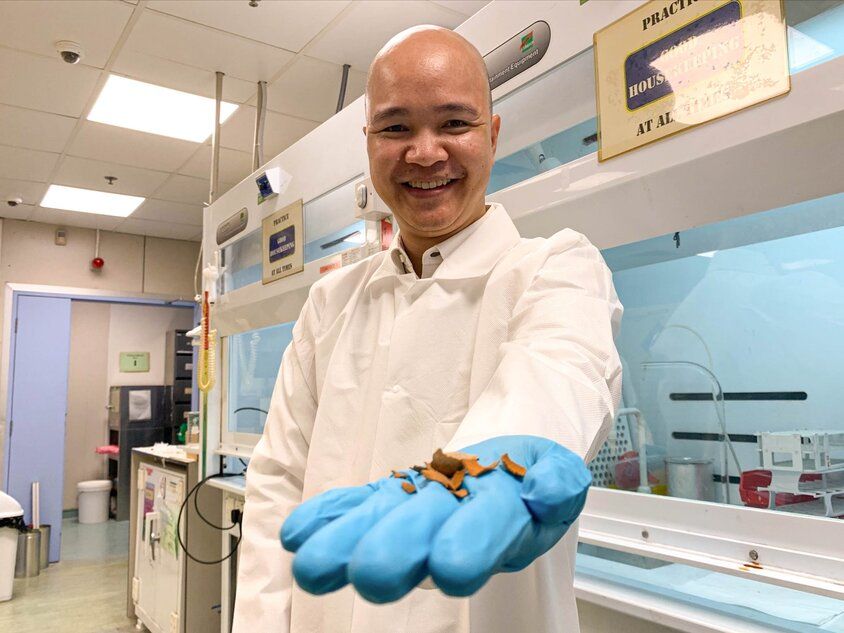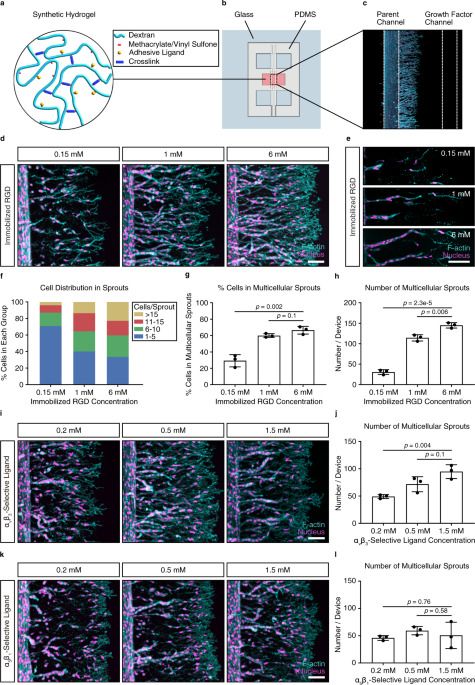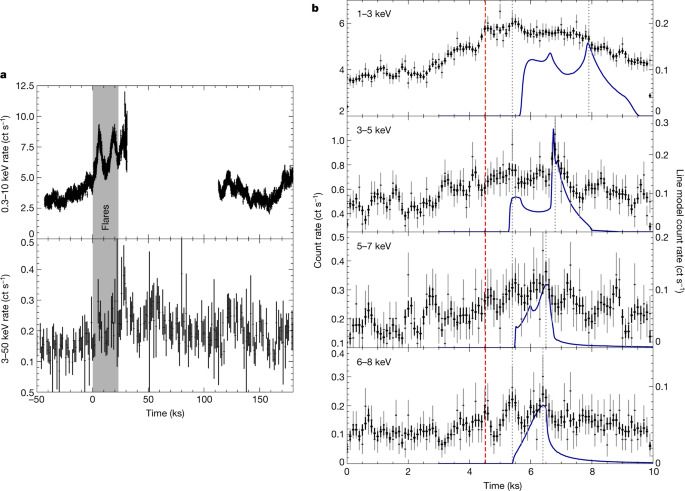Aug 5, 2021
A single-dose live attenuated chimeric vaccine candidate against Zika virus
Posted by Quinn Sena in category: biotech/medical
The mosquito-borne Zika virus is an emerging pathogen from the Flavivirus genus for which there are no approved antivirals or vaccines. Using the clinically validated PDK-53 dengue virus vaccine strain as a backbone, we created a chimeric dengue/Zika virus, VacDZ, as a live attenuated vaccine candidate against Zika virus. VacDZ demonstrates key markers of attenuation: small plaque phenotype, temperature sensitivity, attenuation of neurovirulence in suckling mice, and attenuation of pathogenicity in interferon deficient adult AG129 mice. VacDZ may be administered as a traditional live virus vaccine, or as a DNA-launched vaccine that produces live VacDZ in vivo after delivery. Both vaccine formulations induce a protective immune response against Zika virus in AG129 mice, which includes neutralising antibodies and a strong Th1 response.
